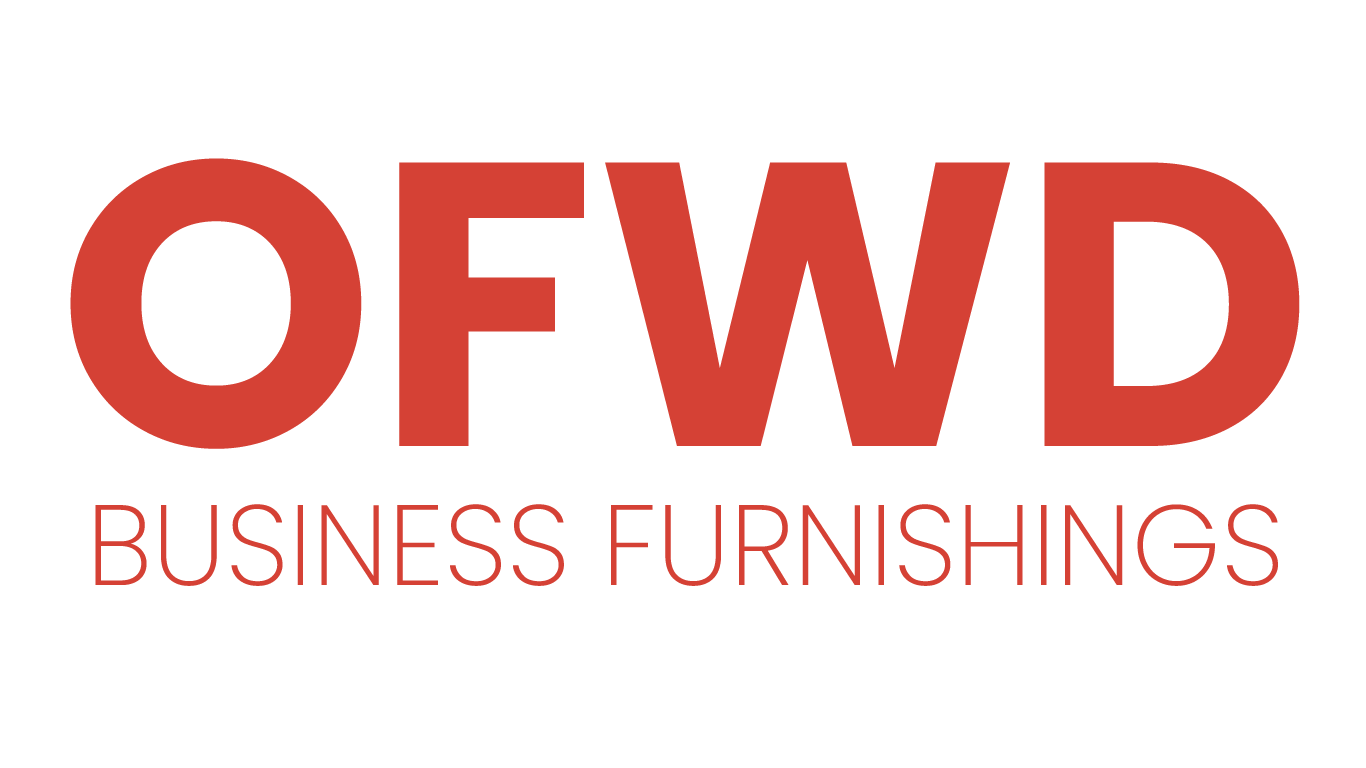- Choosing the right office meeting table depends on team size, space layout, and meeting style.
- Popular styles include rectangular for formal meetings, round meeting tables for collaboration, and modular for flexibility.
- Size matters: Match table dimensions with room capacity and clearance space (at least three feet around the table).
- Layout tips: position for visibility of screens/forums and ensure comfortable seating.
- Modern office tables add both function and design, boosting the workplace aesthetics.
Introduction
In any business, the assembly table is where the action happens. It’s more than just a piece of furniture; it’s where ideas are shared, strategies are set, and teamwork thrives. The proper office meeting desk is an effective tool that influences employees’ productivity and the overall aesthetic of your space.
Making the wrong decision can result in cramped, uncomfortable, and unproductive meetings. This guide will help business owners and managers choose a suitable meeting table by walking through style, size, and design issues for any office.
Types of Meeting Tables (By Style)
The shape of the table is the primary component that determines the meeting’s flow and formality.
-
Rectangular Tables:
Traditional and formal. Ideal for boardrooms, structured discussions, and presentations where a clear “head of the desk” is needed.
-
Round Meeting Tables:
The best choice for collaboration. They encourage eye contact, equal participation, and seamless communication, working best for small to mid-sized teams or brainstorming sessions.
-
Oval & Boat-Shaped:
A fantastic mix of formality and teamwork. They appear like they belong in an office, yet they soften the rough edges of a rectangular table, making it easier for mid-sized teams to see properly.
-
Square or Small Office Tables:
These tables save space and are great for small meetings, brief catch-ups, or break-out sessions with four people.
-
Modular/Modern Office Tables:
The gold standard for flexibility. These tables can be separated, moved, and reconfigured to help training, large meetings, or hybrid work setups.
Choosing the Right Size
Size is the most common mistake when furnishing an assembly room. Get this right by following the two simple rules:
Match the Table to Your Team Size
The rule of thumb is to allow 30 inches of desk space per individual for comfortable seating.
- 4–6 people: A small, round office table (48 –60 inches) or square (36–48 inches).
- 8–10 people: A rectangular desk, this is 8–10 ft long.
- 12–16 people: A modular or boat-shaped table that is 12–16 ft long.
Consider Room Dimensions
You leave enough clearance space around the desk. Leave at least 3–4 ft of space between the edge of the table and the nearest wall or fixtures (like a credenza). This allows chairs to pull out without difficulty and to be transported quite easily.
Layout & Placement Tips
The desk placement maximizes productivity and ensures comfort.
-
Leave Space for Movement:
Ensure there is enough clearance on all sides, mainly in the back of seated chairs, to prevent people from feeling boxed in.
-
Position for Visibility:
Put the table in such a way that most of the people can see the main presentation screen, TV, or whiteboard without having to turn their heads.
-
Ensure Proper Lighting:
The lights should be evenly distributed throughout the desk surface to avoid shadows or glare at the desk or screen.
-
Blend with Other Furniture:
Choose a table and chairs that complement a steady layout, shade palette, and fabric with the rest of your office for a cohesive look.
Why Style Matters: Aesthetic + Productivity
The style of your table is about more than just looking good—it influences mood and belief.
-
Elevated Aesthetics:
A sleek modern office table straight away elevates the appearance of your workplace, making the space more inviting for both employees and customers.
-
Collaboration Boost:
Choosing a spherical meeting table or a modular style can signal that the organization values open collaboration and innovative thinking.
-
Branding Consistency:
Materials and finishes (whether professional dark wooden, vibrant laminate, or metallic accents) must align with your organization’s brand and overall office layout.
How to Make the Best Choice (Step-by-Step)
- Determine the primary use: Is it for short, informal small office meetings or formal, all-day board meetings?
- Take correct measurements of the room before you shop. This prevents expensive errors.
- Choose a shape that suits your company’s style—spherical for open culture, square for structured settings.
- If you have a hybrid group of workers or often change team size, a modular solution provides good return on investment.
- Since that is an excessively visited place, pick materials that are scratch-resistant and durable for long-term use
FAQs
- What is the best size for a small office table?
A small office table, that is 36–48 inches (round or square), conveniently fits 4–6 people for short meetings.
- Is a round meeting table better than a square?
A round meeting table is ideal for collaboration, brainstorming, and inclusive discussions. A rectangular table is better for formal conferences, presentations, and large organizations.
- How much clearance should I leave around a meeting table?
You must leave at least 3 ft (36 inches) of clearance on all sides to allow people to push their chairs back and move around.
- What’s trending in modern office tables?
The recent trend is sleek, modular designs with integrated features like built-in power spaces, USB charging, and flexible design to support hybrid work.
Conclusion
The right office meeting table is not only a piece of furniture; it’s an important productivity tool that fosters collaboration and makes a powerful statement about your agency. You can make sure your meeting space is comfortable and efficient by picking the right style, size, and design.
Looking for a suitable office meeting table in your workspace? Explore OFWD’s huge variety of modern office tables, round assembly tables, and small office tables that will fit both style and size.

